(Video generated with AI assistance)
If you want to experience the beauty of Lingnan culture and the charm of architectural artistry, head to Luoding in Yunfu, Guangdong. Here, you will find a "Mini Forbidden City"—a must-visit destination in Luoding.
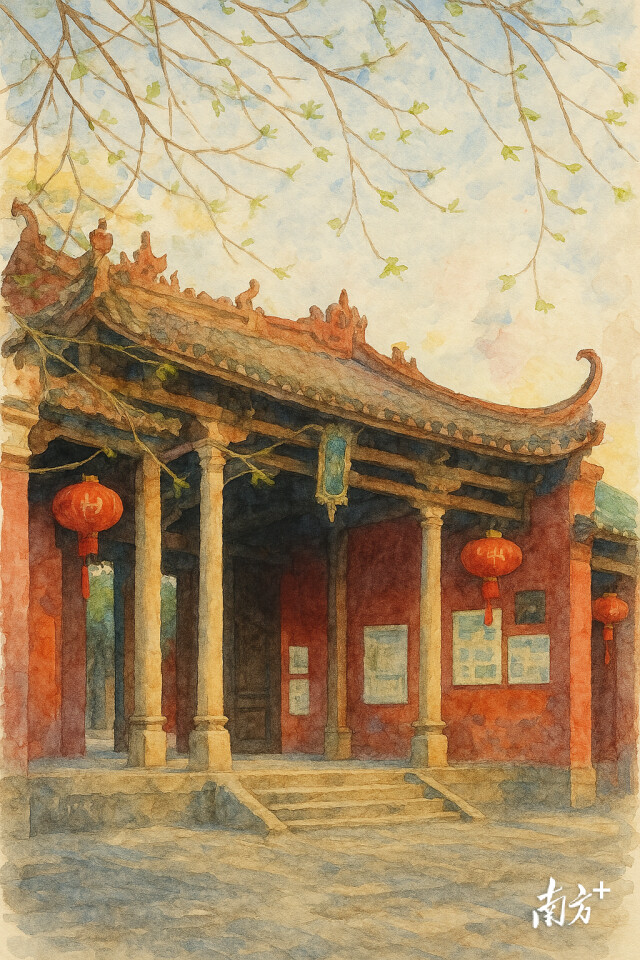
Luoding Academy, commonly known as the Temple of Confucius, was first built in 1647 (the fourth year of the Shunzhi reign in the Qing Dynasty). It stands as the only well-preserved Confucian temple from the Qing Dynasty in the Xijiang River basin. During the Ming and Qing dynasties, grand ceremonies were held here at the start of each school term and on the birthday of Confucius.
The Luoding Academy blends classical elegance with the distinctive style of Lingnan architecture.
Upon arrival, the first sight to greet visitors is the Lingxing Gate, a towering six-pillar archway. Along the central axis, you will encounter the Lingxing Gate, Pan Pond, Ji Gate, Imperial Ramp, Ceremonial Terrace, Dacheng Hall, and finally, Chongsheng Shrine. On either side of the main structures are additional buildings, including the Local Worthies Shrine, Minghuan ("distinguished official") Ancestral Shrine, Kuixing Pavilion, Deyi Shrine, School Administration Office, and Minglun Hall.
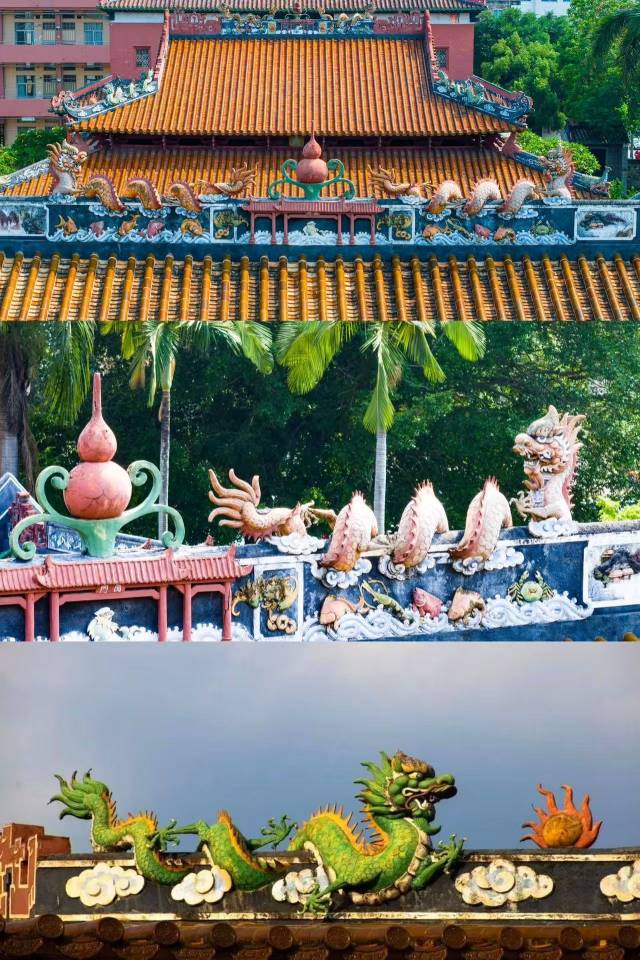
The Dacheng Hall, the central structure of Luoding Academy, features a five-bay layout with double-eaved, hip-and-gable roofing. In front of the hall lies the Ceremonial Terrace, with a red stone cloud-dragon ramp leading down from its steps.
Architecturally, Luoding Academy follows a strictly symmetrical, palace-style layout, adhering to traditional design principles while incorporating innovative details. The flooring, brick columns, and bracket sets are all distinctively crafted. For instance, the Minghuan ("distinguished official") Ancestral Shrine and Minglun Hall on the left side of the Dacheng Gate, and the Local Worthies Shrine on the right, are built in the typical Lingnan hall architecture with hard-mountain roofs.
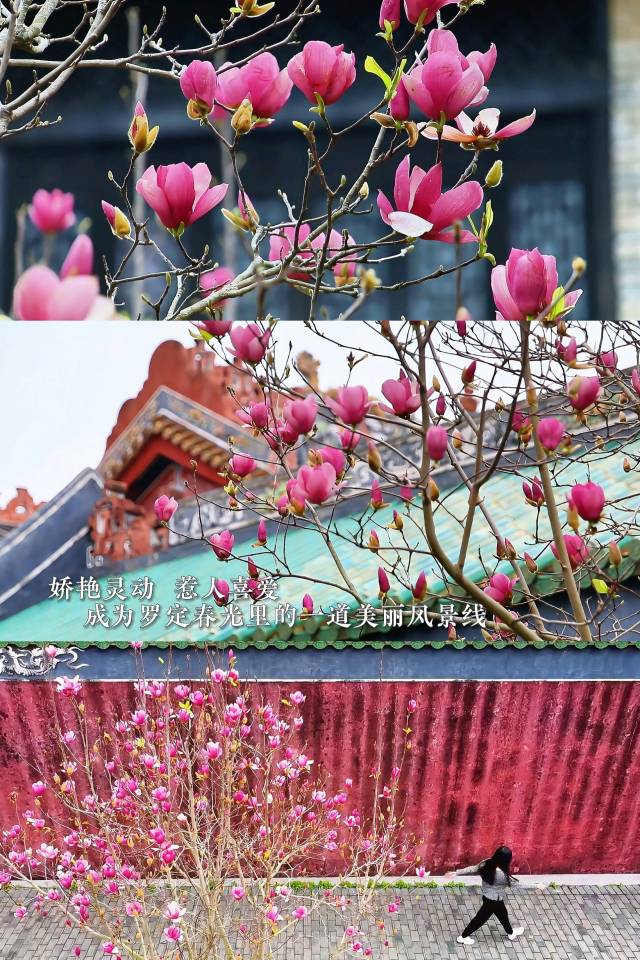
More to explore: a complete cultural journey in Luoding
Don't rush off after visiting the Luoding Academy. Luoding is an ancient city that holds even more treasures waiting for you to discover.
Changgangpo Aqueduct (长岗坡渡槽) is a marvel of hydraulic engineering that will leave you amazed and speechless.
Built in 1611 (the 39th year of the Wanli reign in the Ming Dynasty), this 47-meter-tall Wen Pagoda (文塔) is known as the "No. 1 Ancient Iron Pagoda in Guangdong". It is the best-preserved iron-column pagoda in Guangdong with a confirmed construction date. From the top, visitors can enjoy a panoramic view of Wen Pagoda Park and the city of Luoding.

Constructed in the early years of the Republic of China, the former residence of General Cai Tingkai (蔡廷锴故居) is a traditional Western Guangdong farmhouse with distinct Hakka influences. The complex features a three-courtyard layout, with outer walls made of blue bricks and inner walls made of mud bricks, topped with a wooden and tiled structure. Flanking the main house are auxiliary buildings, including attics and corridors, with watchtowers at the rear corners. The front yard includes a threshing ground and a pond, while the back yard features a vegetable garden and orchard, all enclosed by walls. Additional structures, such as storerooms, pigsties, cattle pens, a rice-hulling room, and stables, line the side passages. A communal well is located in the central lane, and the entire estate spans 7,000 square meters.
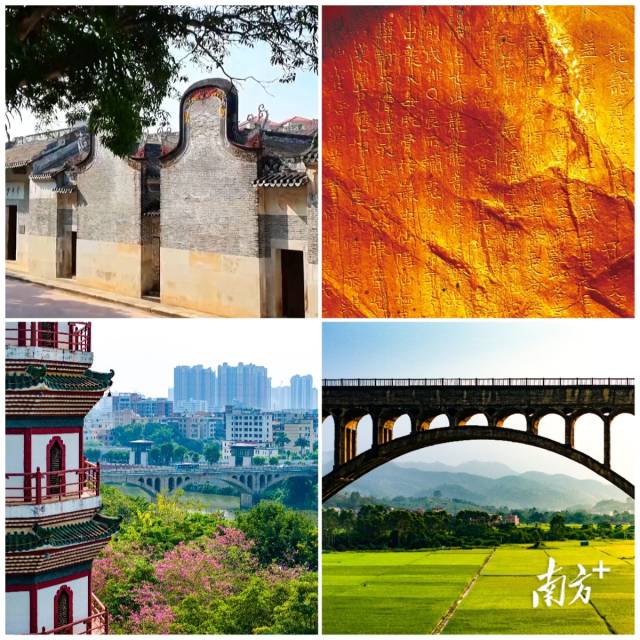
Longkan Rock Cliff Carvings (龙龛岩摩崖石刻), a National Key Cultural Relics Protection Unit, are located inside the karst cave of Longkan Rock in Tanli Village, Pingtang Town. These inscriptions, dating back to the early Tang Dynasty, represent the earliest and best-preserved cliff carvings from this period in Guangdong, containing the most extensive textual content.
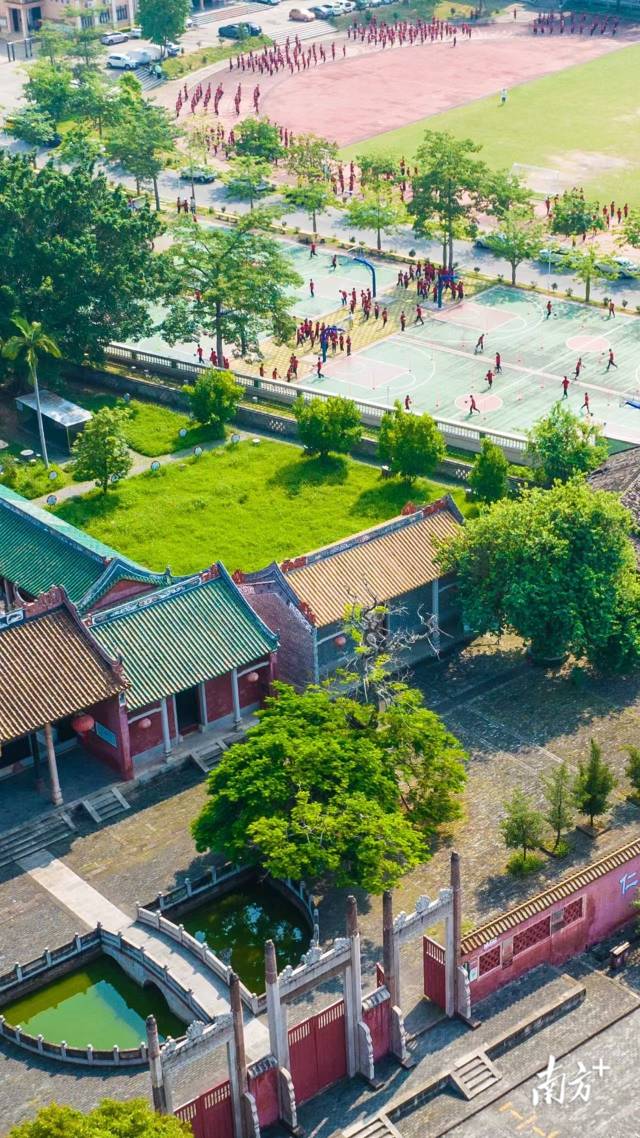
Editor | Zhang Xuanzhen (intern), Liu Lingzhi, Wei Shen, James, Shen He
Photo & video | Cui Hongming, Nanfang Plus
















